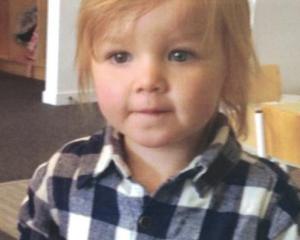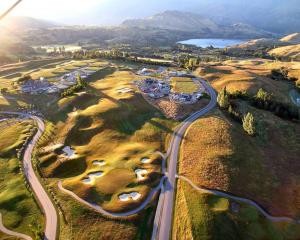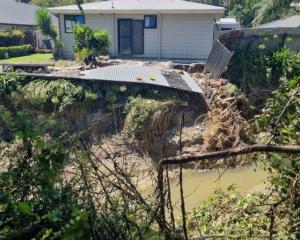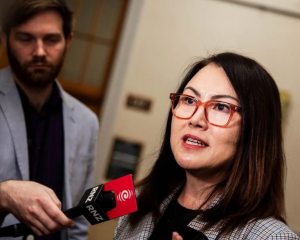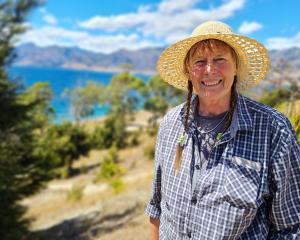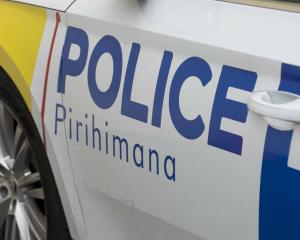The Government has revealed one new case of Covid-19 ahead of Prime Minister Jacinda Ardern announcing how the country will operate at alert level 2.
There were no new cases in Canterbury.
Cabinet will make its decision as to whether the country is ready to move from level 3 on Monday.
But today, Ardern will reveal new level 2 details in an attempt to give people and businesses clarity around the next step.
She has been joined by director general of health Dr Ashley Bloomfield who revealed there was one confirmed case and no deaths.
The new case is linked to the Matamata cluster.
The Waikato DHB is calling for anyone in the area to seek advice if they want to be tested, he said.
The total number of confirmed and probable Covid-19 cases is 1489, and 1332 people have recovered, or 89% of all cases.
There are two people in hospital. The death toll from Covid-19 in New Zealand remains at 21.
Testing was higher than 7000 yesterday for the first time and Bloomfield said this was a good sign as DHBs were getting ready for surveillance testing.
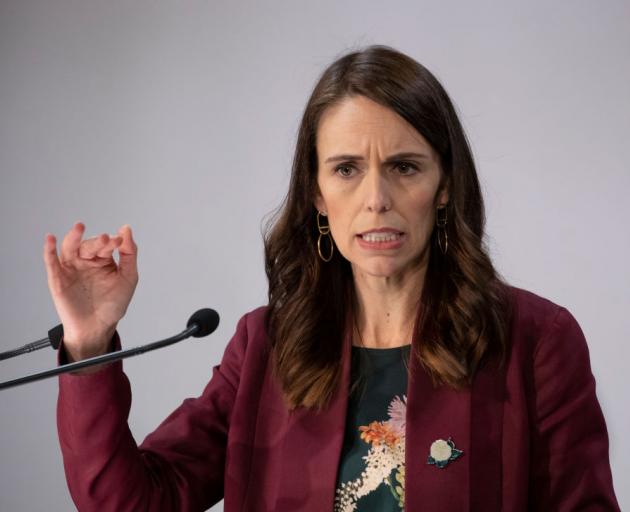
A quick hug with your mates at level 2
Bloomfield earlier told the NZ Herald the health principles of level 2 were the same: physical distancing, hand hygiene, getting tested early for any symptoms, and staying home if sick.
"Hugs and handshakes - if you don't know someone, be really rigorous around physical distancing. But if it's close friends and family, you want to be careful of course, but it's starting to return to normal.
"I would imagine it would still be elbow bumps and quick hugs."
Physical distancing was more important because people will be interacting a lot more with friends as well as strangers, he said.
"We need to maintain real vigilance around physical distancing, particularly in situations where it's not quite as controlled like a work environment or a school environment."
In those higher-risk environments, such as public transport, he said people may wish to wear a mask, but they will not be compelled to.
"We've just had another look at the evidence. People may wish to use a mask. If they know how to use it properly, that's fine, but at this point we won't be insisting on masking."
Some public health experts including Otago University epidiologist Professor Michael Baker have been calling for mass masking to be considered.
Bloomfield said it was common for people in South East Asia to wear masks in public, but that was because they had a cold and were trying to prevent germs from spreading.
"One of our key public health principles is: don't go out if you've got a cold, don't go to work, don't send children to school if they have a respiratory infection."
He said that he expected testing to be ramped up again from next week, once DHBs had finalised surveillance plans.
Daily testing has fallen from a peak of 6961 on April 23, which was partly due to the lull over Anzac weekend. It has been under 5000 for the past four days.
"We want to keep the testing rates up."

